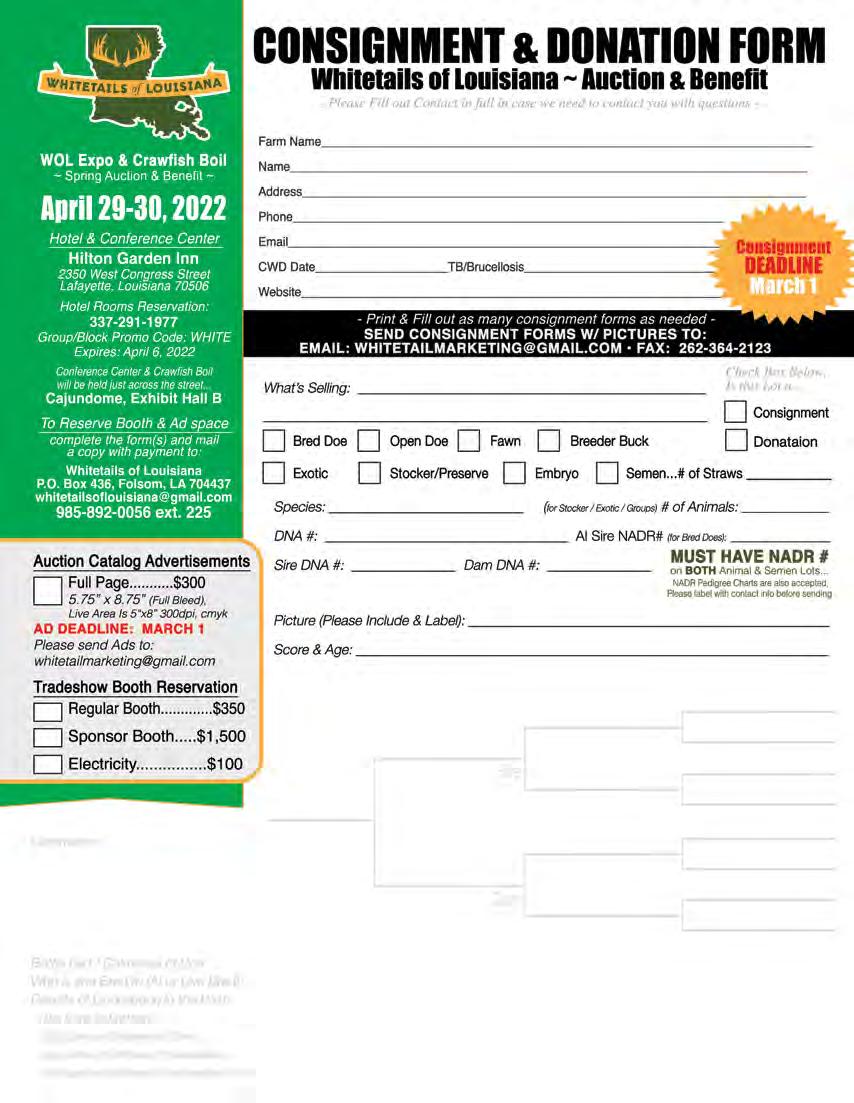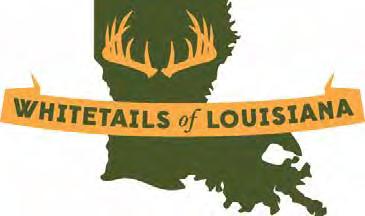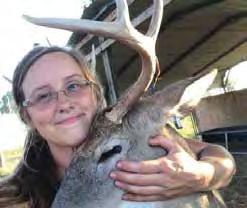
3 minute read
Rules for Animal Capture
from LA Winter 2021
by DandKDesign
By: NexGen Pharmaceuticals
In the operative sense, the word “capture” as it relates to wildlife species can reference many methods, from snares and traps to chemical immobilization. In some cases, manual methods (e.g., snares, traps, etc.) precede chemical immobilization events, as these can facilitate enough access to difficult or elusive species for chemical immobilization, after which various procedures may be performed.
Most wild animals will act defensively when restrained in any kind of a trap, and typically suffer a far greater deal of stress than when they are manually injected or remotely darted with immobilizing agents only. The additional stress increases the risk of various complications, such as capture myopathy, aspiration, shock and cardiac arrest.
Large, difficult-to-handle animals such as deer and elk will typically need to be sedated for capture, transfer or for procedures, whether in the field or on a farm. Depending upon the setting, immobilizing agents may be delivered by hand via pole syringe, or by using a dart fired from a capture gun.
It essential for anyone involved in the capture to be familiar with animal handling and immobilization techniques, whether they will be immobilizing the animal, handling the animal or serving in a support role. Commonly-accepted rules or guidelines for animal capture via chemical immobilization are indispensible when planning a capture event, regardless of the venue.
RULE #1
The first involves planning. This not only means having experienced parties who are familiar with their roles and the proper equipment at the ready, but anticipating things that could go wrong during the capture event. The available literature suggests that even the most experienced personnel take time to visualize the entire process beforehand, as well as making a visual assessment of the site of capture ahead of time, if possible. Preparing for contingencies and emergencies (such as surgical complications) and having the proper equipment to handle these are also a part of this process.
RULE #2
The second rule addresses setting aside enough time for the capture. Indeed, most of the work that goes into the treatment and handling of wild species can be attributed to the capture process itself, regardless of the methods used. While it may be easy to visualize a flawless capture event that comes off in record time, the reality is that it can often take awhile to capture an animal, perform the necessary procedures and monitor the animal’s recovery. Many resources recommend planning capture events as early in the day as possible, in order to ensure a sufficient amount of daylight to work with.
RULE #3
The third rule centers around the dosing of captured animals. The most experienced experts in the field suggest dosing higher when in doubt, since it is often impossible to precisely calculate an animal’s weight prior to the capture event. It is very easy for an underdosed animal to seriously injure itself or a human. In the field, an underdosed animal that escapes may die from the residual effects of a drug or from infection due to injuries incurred as a result of having been underdosed. Considering the high therapeutic index of the immobilizing drugs and drug formulations now available, the accidental overdosing of animals resulting in mortality is exceedingly rare, so calculating higher is generally a safer bet. Experts in animal capture typically recommend doses ranging from 20% to 25% higher than normal when capturing a highly-stressed animal.
RULE #4
Providing adequate care and posttreatment of the immobilized animal is the fourth rule for animal capture. A substantial amount of preparation and expense goes into capture events, which makes it doubly unfortunate when an animal suffers complications or is lost due to a lack of postoperative care. Once the main procedure has been finished, it isn’t over yet. Extra attention paid to the animal during the recovery phase of anesthesia can go a long way toward avoiding postoperative complications and ensuring that the animal fully recovers.
RULE #5
The fifth and final rule involves recordkeeping. This is a must, particularly when using immobilizing agents. In the U.S., the possession and use of drugs used to capture wildlife is governed by both federal and state regulations. All drugs currently used to sedate or immobilize wild animals are prescription drugs and must be used by or on the order of a licensed veterinarian. As such, it is for your own protection as well as peace of mind that you keep records of every capture event involving chemical immobilization.






